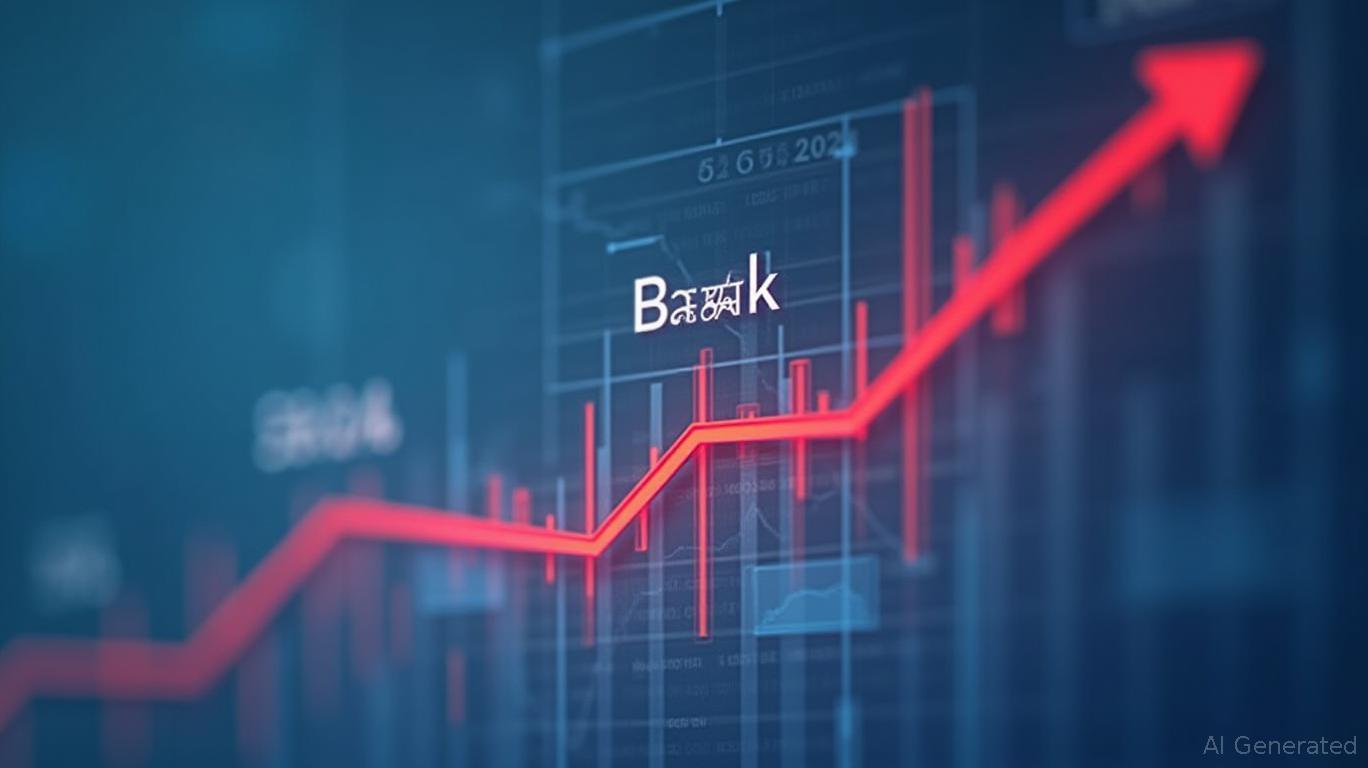Public Service Enterprise Group's Resilient Q1 Performance Bolsters 2025 Outlook
Public Service Enterprise Group (PSEG) delivered a robust start to 2025, with first-quarter non-GAAP earnings rising 9.2% year-over-year to $1.43 per share, while revenue surged 16.7% to $3.22 billion. The results, driven by regulated utility growth and nuclear reliability, reaffirmed the company’s full-year guidance of $3.94–$4.06 per share, maintaining investor confidence in its long-term strategy.
A Solid Quarter Anchored by Regulated Growth
PSEG’s regulated utility segment, PSE&G, led the charge with non-GAAP operating earnings of $546 million, up 12% from $488 million in Q1 2024. The growth stemmed from higher base distribution rates, seasonal winter gas demand, and infrastructure investments. Notably, PSE&G’s $3 billion+ capital plan—focused on electric and gas grid modernization—continues to fuel earnings, even as rising depreciation and interest expenses tempered margins.
Meanwhile, PSEG Power posted $172 million in earnings, nearly flat year-over-year, but its nuclear fleet shone with a 99.9% capacity factor, producing 8.4 terawatt-hours of carbon-free energy. This reliability underscores PSEG’s position as a clean energy provider, a critical advantage as New Jersey advances its climate goals.
Strategic Levers Fueling Long-Term Growth
PSEG’s 2025 outlook hinges on three key pillars:
1. Regulated Capital Investments: The approved $3 billion+ infrastructure modernization plan will bolster revenue through rate cases, while initiatives like the Clean Energy Future – Energy Efficiency II program aim to reduce customer bills and emissions.
2. Large Load Pipeline: Over 6,400 MW of pending capacity requests could expand customer bases, spreading fixed costs and lowering bills for existing customers—a win-win for PSEG and its clients.
3. Dividend Discipline: A 5% dividend hike to $0.63 per share (annualized $2.52) signals confidence in cash flow stability, supported by a 58.7% year-over-year jump in operating cash flow to $1.05 billion.
Risks on the Horizon
Despite the strong quarter, PSEG faces headwinds. Regulatory approvals for its projects remain a critical hurdle, as delays could disrupt capital spending timelines. Additionally, extreme weather—such as the record winter cold snap—adds short-term volatility, though it also highlights the resilience of PSEG’s infrastructure.
Market risks loom as well: mark-to-market (MTM) accounting impacts and nuclear decommissioning trust fund volatility continue to complicate non-GAAP metrics. PSEG’s long-term debt rose to $22.998 billion, raising questions about leverage, though its liquidity remains robust at $39.77 billion in total capitalization.
Conclusion: A Reliable Utility with Upside, but Watch the Regulators
PSEG’s Q1 results and maintained guidance underscore its ability to navigate a complex energy landscape. The 16.7% revenue growth and 58.7% surge in operating cash flow demonstrate operational efficiency, while the 99.9% nuclear capacity factor and $2.52 dividend reflect a disciplined strategy.
The company’s alignment with New Jersey’s clean energy policies—such as zero-emission credits for nuclear plants—provides a tailwind. However, regulatory approvals and capital project execution are non-negotiable. Investors should monitor PSEG’s progress on its $3 billion capital plan and any regulatory delays.
With a 2025 midpoint earnings target of $4.00 per share (versus Zacks’ $4.01 estimate) and a 5–7% CAGR through 2029, PSEG positions itself as a steady utility play. For those willing to bet on regulated growth and clean energy demand, the stock could offer reliable returns—if risks materialize as opportunities.

_b905d9341749265671656.jpg)








Hello everyone, if you require assistance with crypto trading get in touch with Madelyn Brookes
Contact her on Face———-book
please feel free to send her a text message. She will respond promptly to your inquiry.
She will guide and train you